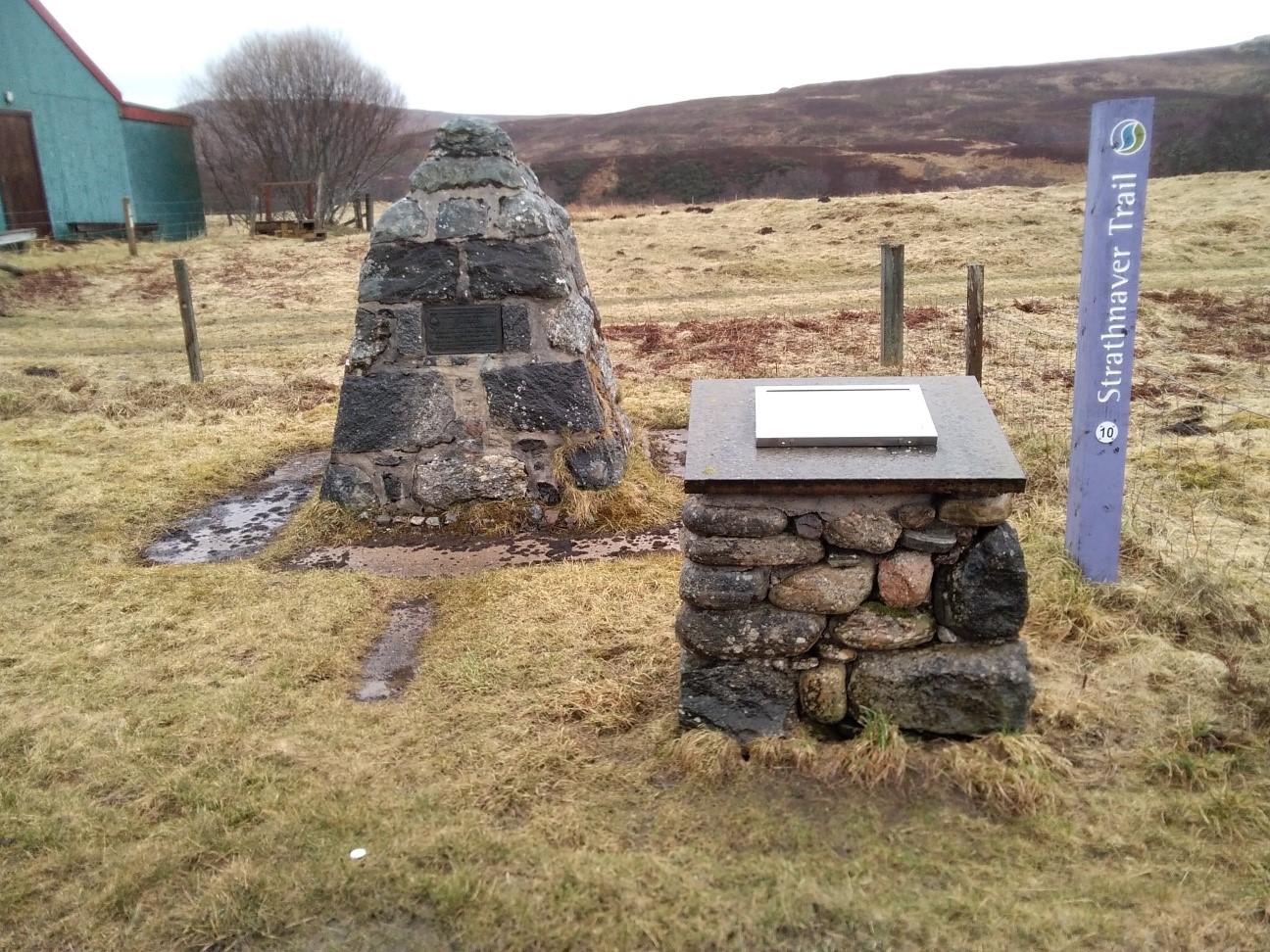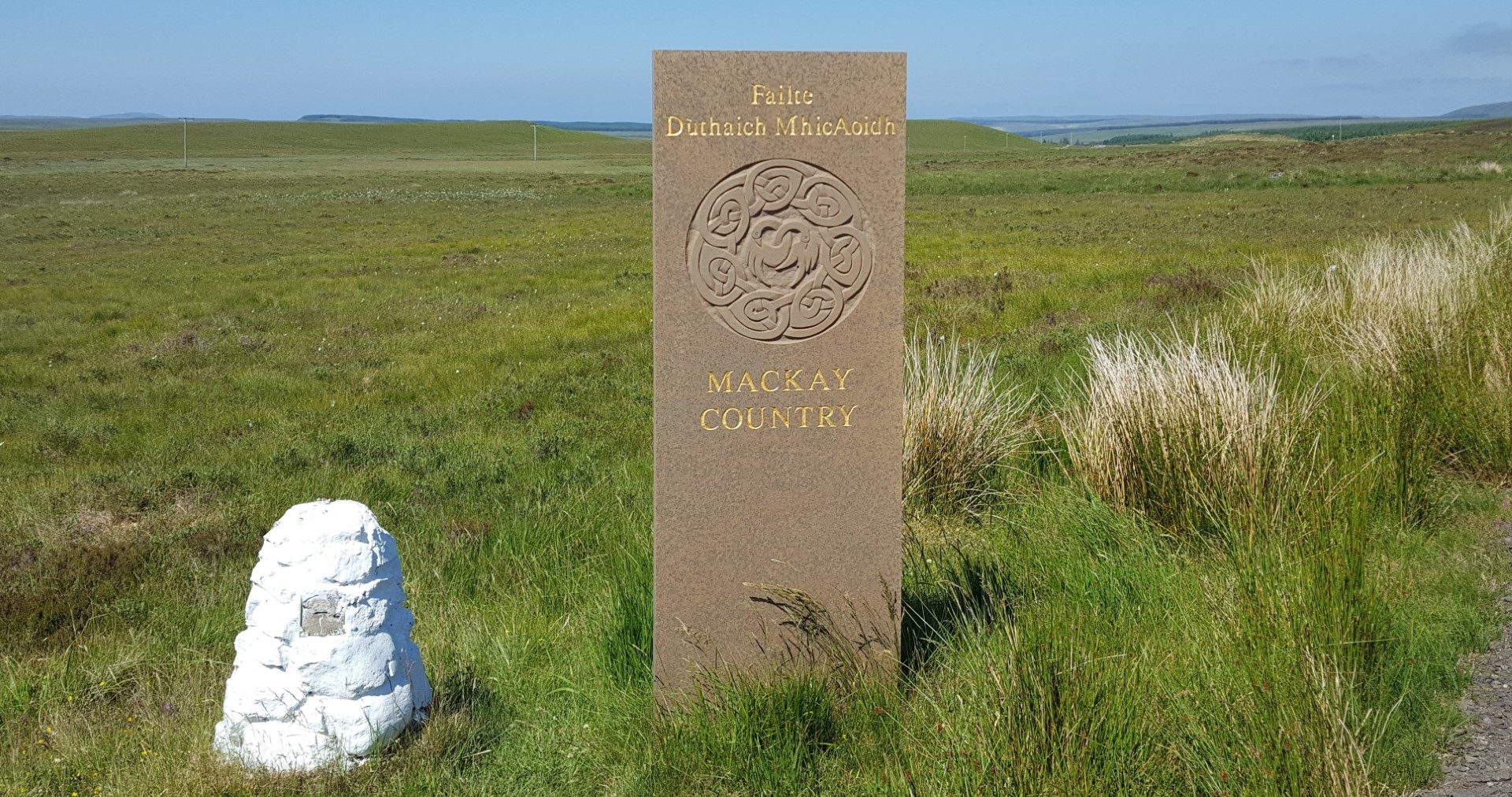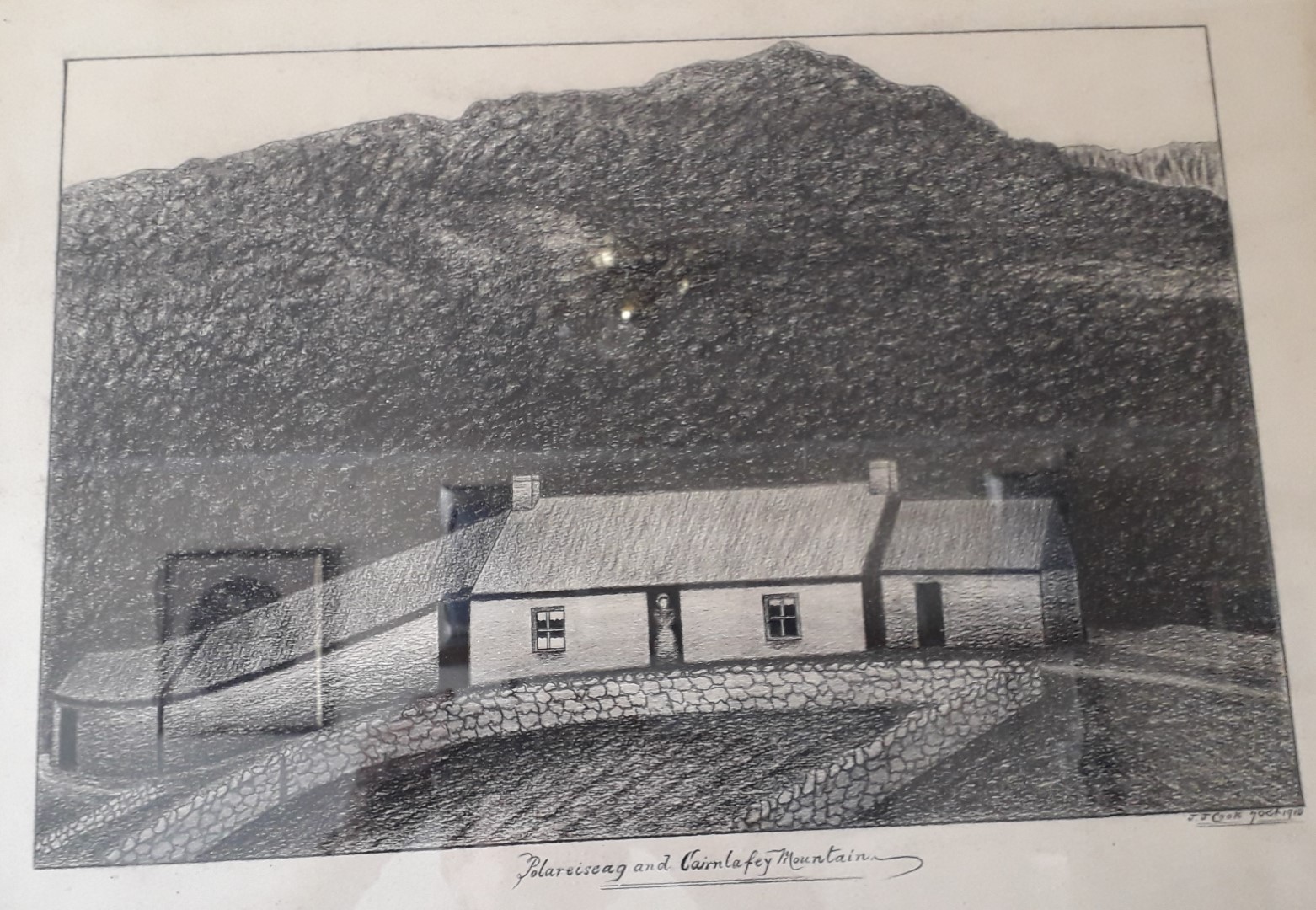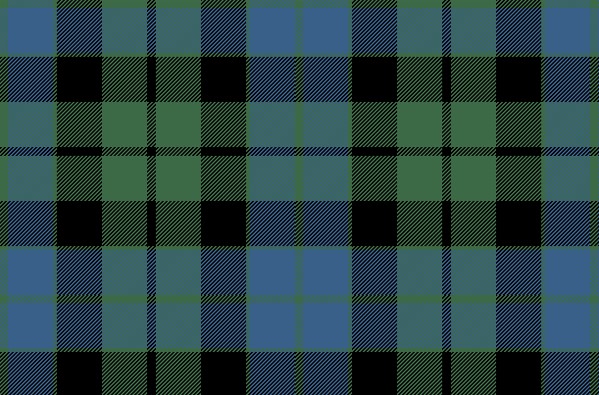History and Museums
For gold the merchant ploughs the main,
The farmer ploughs the manor;
But glory is the sodger’s prize, the sodger’s wealth is honor:
The brave poor sodger ne’er despise,
Nor count him as a stranger;
Remember he’s his country’s stay
In day and hour of danger.

MUSEUMS
Strath Naver Museum at Bettyhill also has the Farr Stone and the Mackay clan archive.
Rosal clearance village 15 miles down the Naver.
Achanlochy clearance village at Bettyhill.
Strongly recommended is the Strathnaver Trail, starts at Strathnaver Museum and takes a good day to cover by car but takes in many interesting sites with supporting information; follow the purple posts.
The R.S.P.B. peatlands reserve 14 miles down Strath Halladale.

On 7th October 1910, J.J. Cook of Edinburgh , who had connections in Armadale , visited Poulouriscaig which was then inhabited. He made a sketch on an envelope which he later worked up into this large scale pencil drawing. It shows Poulouriscaig (the house by the pool) and Cairnlafey Mountain. The lady looking out from her cottage onto her neat garden is Christina Mackay née MacDonald, the grandmother of Christopher Mackay of Armadale by whose kind permission the image is shared.

The coastal fringe and fertile straths have been inhabited since Neolithic times and there is plenty of evidence of early occupation and are featured in our walks. Cairns can be found, the best example being on the Skelpick road not far from the Naver bridge at Bettyhill.
On the raised beach at Invernaver are the remains of an early village whose hut circles and cysts can be seen. There are the remains of brochs all over the area. These are round stone refuge towers where people went to escape marauders from the sea. There is one above the big burn at Armadale, another above the raised beach at Invernaver and excellent examples at the Kyle of Tongue and Hope further west. The church-yard at Bettyhill contains the Farr Stone, a very fine example of Celtic art.
Another important period of local history was the eighteenth century when the Highland Clearances took place. The clan chiefs, generally anglicised minor aristocrats, cleared their people from the straths in order to make the land more productive with the introduction of sheep. Many of these clearances were undertaken with great brutality, burning the people out of their houses to force them to leave, taking with them what they could carry to live as best they could on the less fertile coastal strip.
A bitter folk memory still persists of this violation of an ancient way of life based as it was on clan loyalty, made even more bitter for its perpetration by those whom the people regarded as their leaders and defenders. At this time many people left the Highlands, often for new worlds in America, Canada and Australia.
The clan culture of the Highlands made the highlander an excellent soldier. Recruiting officers came annually, and the rallying point is marked with a stone near the village hall at Strath Naver.
Clearance villages can be seen at Achanlochy near Bettyhill and Rossal down the Naver. Strath Naver museum has very good information about the clearances, particularly that of Strath Naver which was notoriously brutal and painful. The destruction of Rossal was witnessed from the other side of the Naver by Donald Macleod who recorded the event. Tales of the North Coast contains many extracts from his account which is fully recounted in his book Gloomy Memories, recently republished by Strathnaver museum. He was a remarkably literate man and his views on the partial reporting of Scottish history are well ahead of his time. The site of his witness is marked by a stone beside the Naver south of Syre on a wide green where the deer gather in the early mornings. (see Walks for Rossal Township)
This is Mackay territory, below is as sample of Mackay Modern tartan. The Mackay clan museum on the first floor of the Strath |Naver museum documents the diaspora of the native population. It also has the manuscript of the definitive book on the highland clearances by John Prebble, a heart-breaking read.

